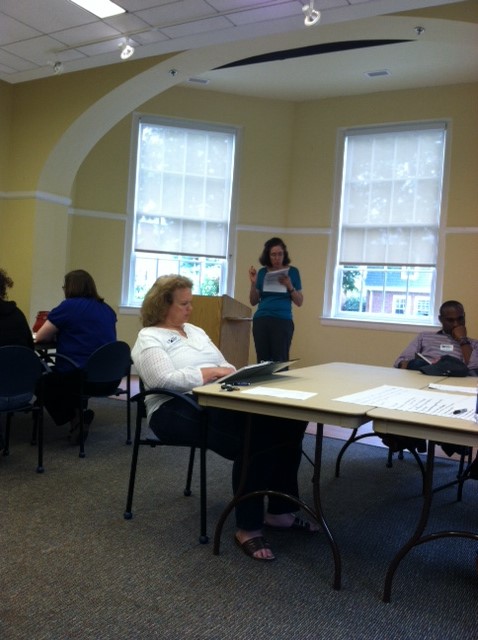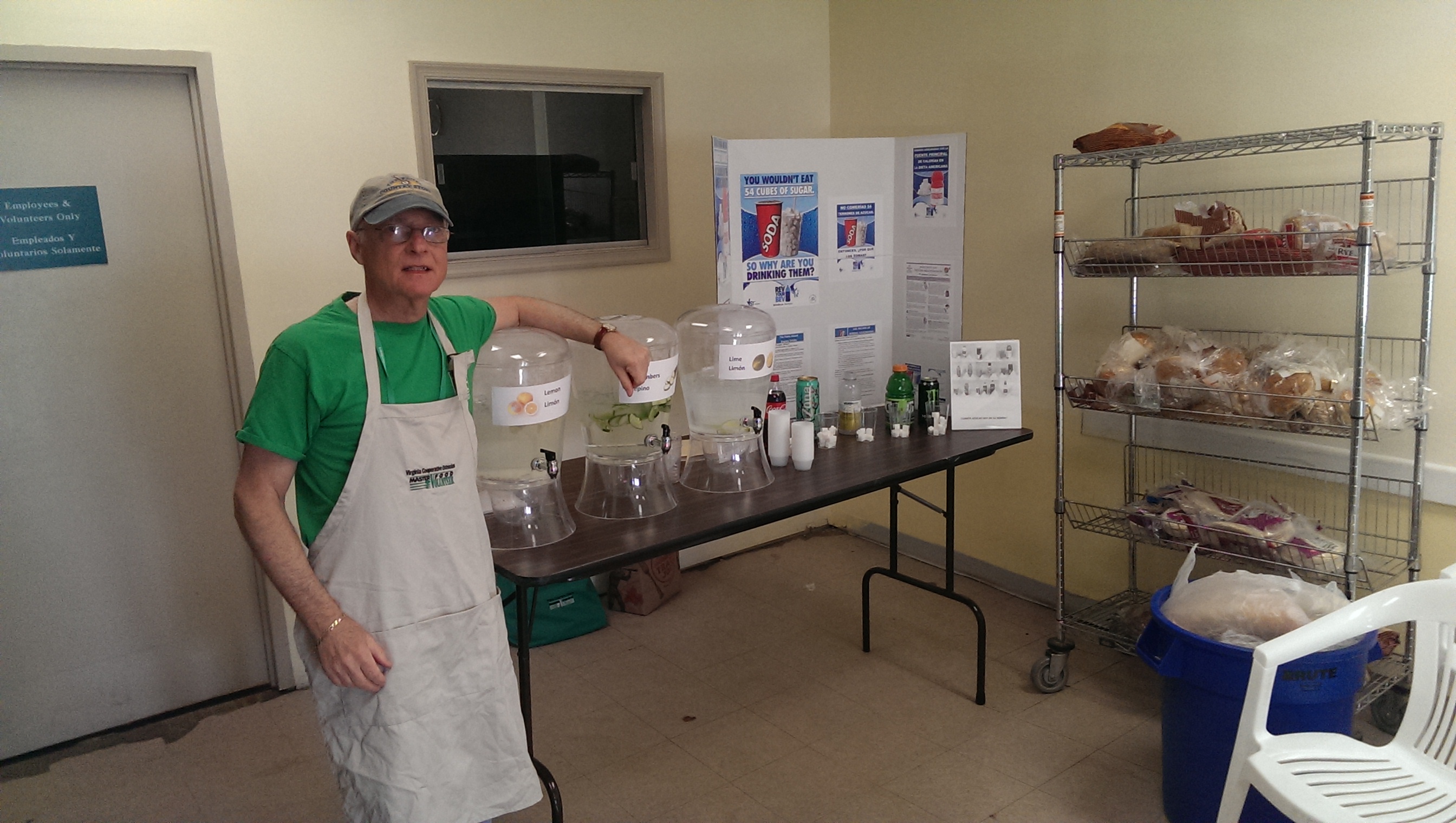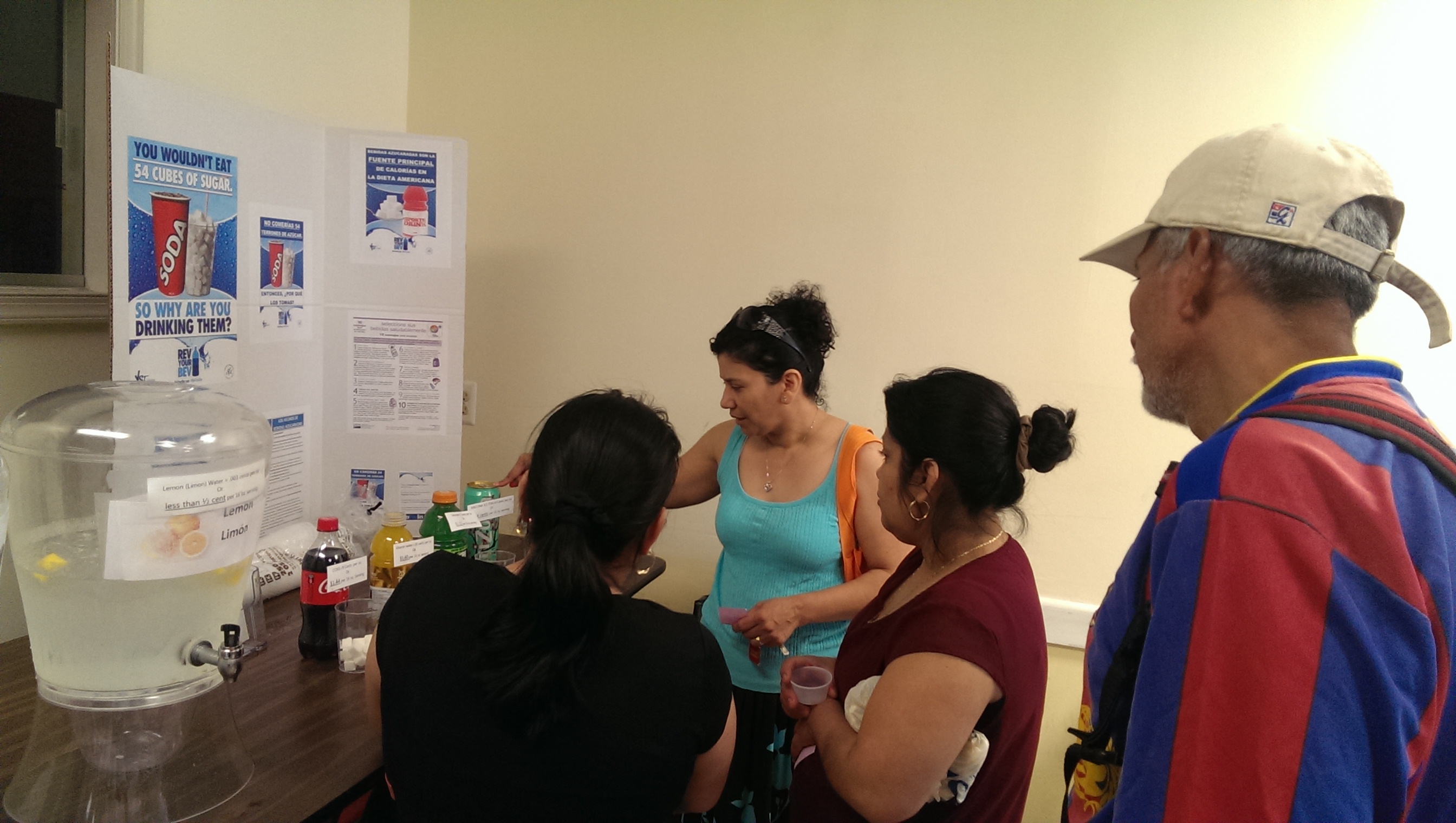By Julie Mendoza, Master Food Volunteer
Do you ever come back from the farmers market or a big box store and ask yourself, “What was I thinking?”
There are only two of us at home so shopping at a big box store proved an insurmountable challenge. While every purchase made sense at the time, the quantities and/or sizes were so large, we would have been smarter to invite neighbors over than to try to finish it all by ourselves! Forget about the enjoyment factor. That was gone once we got our purchases home and realized how much of the same thing we’d sentenced ourselves to eat. (Note: we eventually learned and gave up our membership.)
While different for sure, I sometimes have a similar experience at the farmers market. I come home and say, “What were you thinking?” It happened just the other day. Only this time it wasn’t an abundance of processed food, it was fresh beets.
We love beets and are watching ours grow in the garden. But the other day, Mary, a local farmer had varieties we’re not growing and they caught my eye. She had Chioggia beets and Golden beets. Chioggia’s are the ones with a bull’s eye pattern of concentric red and white circles. They remind me of candy cane striping. Both those and the golden beets were calling for me to purchase them. So I did. Then I got home and it dawned on me, I had two bunches of beets for two people. That’s a lot of beets! What was I thinking?
Instead of getting too flustered, I decided to start with what I know and move out from there. Roasted beets are a mainstay for us. They catch your eye on a salad plate served up with a bit of goat cheese and a splash of balsamic vinegar or tossed into a ‘catch all’ salad. As the summer gets hot and humid, I’ll mix roasted beets with watermelon and feta cheese for a cool, quenching and refreshing blend of tastes.
With the balance of the beets I bought, I experimented and landed on a winner with Martha Stewart’s Candied Beet Chips. They’re easy to make and fun to eat. My only caution is to pick a less humid day to make them or they’ll get soggy before you have had a chance to enjoy them.
As for the greens – there too I improvised. I started by sautéing the greens in garlic and onion then built upon that to move the vegetable from a side dish to the main course with the addition of cannellini beans and a small portion of pasta. A sprinkling of grated cheese and I convinced myself I was dining in Italy!
Eating fresh vegetables wins out over taking vitamins for me any day. A low calorie, fiber-filled vegetable, beets contain folate, a B vitamin, as well as manganese, calcium, iron, phosphorus, zinc and selenium.
I’m sure I’ll find myself at the market with the same impulse to buy LOTS of what looks delicious or simply just pretty. In fact, I hope it happens soon. As for beets, I already have two recipes in the offing waiting to be tried and tasted: fresh beet juice and a beet and apple upside down cake.
So if you find yourself in a similar situation as I did, please don’t hold back – buy that extra bunch of vegetables. Experiment. You have nothing to lose. It’s energizing to try new things and wonderful to expand our taste palates instead of falling back on the tried and true recipes we know by heart.
Recipes
Roasted Beets: Wash the beets to remove any dirt. Do not peel. Wrap them in foil. Then pop them in a 350 oven. They are done when you can pierce with a fork. Take them out – cool a bit and peel off the outer ‘skin’. They keep for a few days in the refrigerator.
Beet Greens with Cannellini Beans:
There are no exact measurements for this recipe. Use it simply as a guide and experiment with what you like and have on hand.
INGREDIENTS
Olive Oil
Garlic
Onions
Beet Greens – tops from a bunch – washed and coarsely chopped
Cannellini Beans (White Kidney Beans) – ½ can to whole can depending on your preference Grape/Cherry Tomatoes – handful cut in 1/2
Chicken stock, vegetable stock or water
Salt, Pepper, Fresh herbs and red pepper flakes – Your preference – all optional
Penne Pasta – (whole wheat or one made with vegetables so it adds color to the dish)
Grated Cheese
- Sauté onions and garlic in a bit of olive oil. Once the garlic is fragrant and the onions translucent, add the beet greens by the handful. Cook just until they begin to wilt. Drain and rinse cannellini beans. Add to sautéing greens. Add a handful of tomatoes. To moisten the dish, add a splash of stock (chicken or vegetable) or water. Let it cook for a few minutes but not so long tomatoes get mushy. The goal is to meld the flavors.
- Cook penne pasta al dente.
- To plate: The pasta is meant as a small portion/element of the dish. So please do not fill the plate. Top the pasta with fresh beet greens and sprinkle with grated cheese.
Candied Beet Chips
total time: 1 hour 40 mins
Ingredients
- 4 baby beets, preferably Chioggia
- 1 1/2 cups water
- 1/2 cup sugar
Directions
- Preheat oven to 250 degrees. Slice beets very thinly into rounds, preferably on a mandoline. Bring water and sugar to a boil in a small saucepan, stirring constantly until sugar dissolves. Add beets. Reduce heat, and simmer until slightly translucent, about 30 minutes.
- Using a slotted spoon, transfer beets in a single layer to a rimmed baking sheet lined with a nonstick baking mat. Bake until dry and slightly firm, about 1 hour.
Source
Martha Stewart Living, November 2011








